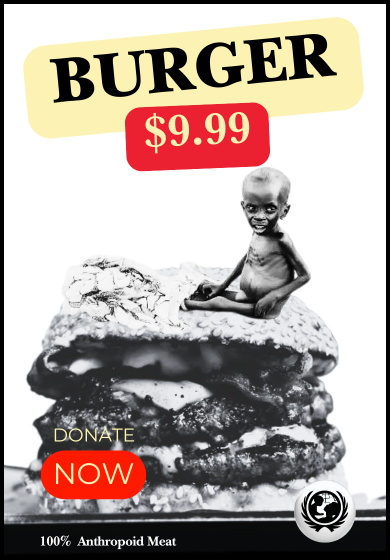This story was originally posted by Greenpeace Australia Pacific
The crisis in Ukraine, floods on one side of the country, and record-breaking heat on the other, it’s understandable if you’ve been feeling a little stressed or sad.
When we feel helpless in the face of threats, everything gets worse.
We release stress hormones into our bodies.
We feel despairing, anxious, angry, guilty.
We look for people or things to blame. Our thinking can become less compassionate, less creative and less flexible. In this state, it’s very hard to know how to respond to complex problems.
Despair, however, is not a strategy.
As a psychologist who has worked for years on the impacts of environmental and climate grief and anxiety, I find that an approach known as “Acceptance and Commitment Therapy” can help people manage how they are feeling and thinking in response to challenging times, without totally disengaging from the problem.

Part 1: Open up
‘Opening up’ is about noticing, naming, and making room for painful feelings and thoughts. It involves locating a feeling inside our body – observing its size, shape, texture, temperature, movement; giving it a name – for instance, ‘this is fear’ or ‘this is grief’, and being willing to make room for it, acknowledge its presence, and accept that painful feelings are a (tricky!) part of being human.
Our uncomfortable feelings about existential threats are appropriate, and there for a reason. They require us to process our losses, to face the reality of our world being in danger, plus they motivate us to do something.

Next, we can do things to allow our feelings to move. Emily Nagoski reminds us that feelings are ‘travellers, not residents’. They arise, stay awhile, then go. Good practices to help complete the stress cycle includes things like moving your body, having a cry, having a stress-reducing conversation, being in nature, or having a hug.
Joanna Macy and Chris Johnstone in Active Hope, remind us that it can be enlivening to go with, rather than against, the flow of our deep felt responses to the world, and that when we touch into our depths, we find, in fact, that the pit isn’t bottomless.
Part 2: Be present
Being in the present moment is another especially useful strategy when we feel overwhelmed.
Learning to ‘drop an anchor’ in the midst of an ‘emotional storm’ can help to hold us steady in the present moment whilst the storm buffets around. An anchor is anything that is a part of the present moment other than the storm itself. A simple grounding exercise can be: Notice 5 things you can see, 4 things that you can hear, 3 things that you can feel, 2 things that you can smell or taste, and end with noticing what you’re doing right now, in the present moment.

Part 3: Do what matters
What we do, matters. When we act in line with our core values, we are most likely to feel engaged and fulfilled. Values are like guiding principles, helping us to choose what to focus our energies on. One way to help identify the kind of action you might like to take is to ask yourself: ‘What do I want to stand for in the face of this crisis, or in the face of this great pain that I feel?’
Doing things is also an example of problem-focussed coping – the things that you do to reduce the problem (like the climate crisis) which is causing the stress. Any action that we take to reduce Australia’s reliance on fossil fuels, for example, has double potency because it moves us out of helplessness and hopelessness, PLUS it helps to restore a safer climate.
Hope is a strategy
The pain we feel about the climate crisis invites us to grapple with what our place is in the climate crisis. Solutions to climate change are already readily available. When we raise our expectations about what is possible, grow our inner strength muscles, and do what matters, we can have a personal and a collective impact. Cultivating hope is a strategy.

Dr Susie Burke is a psychologist, researcher, writer and climate change campaigner.
Guest authors work with Greenpeace International to share their personal experiences and perspectives and are responsible for their own content.



